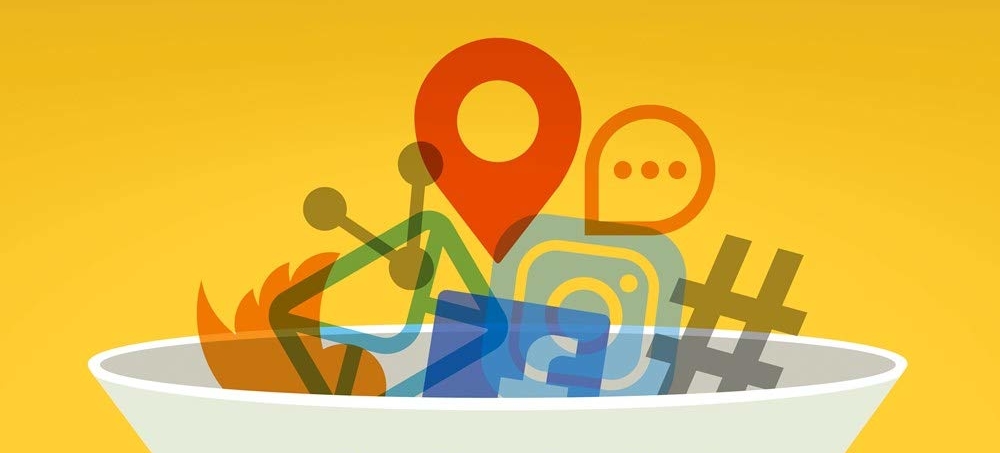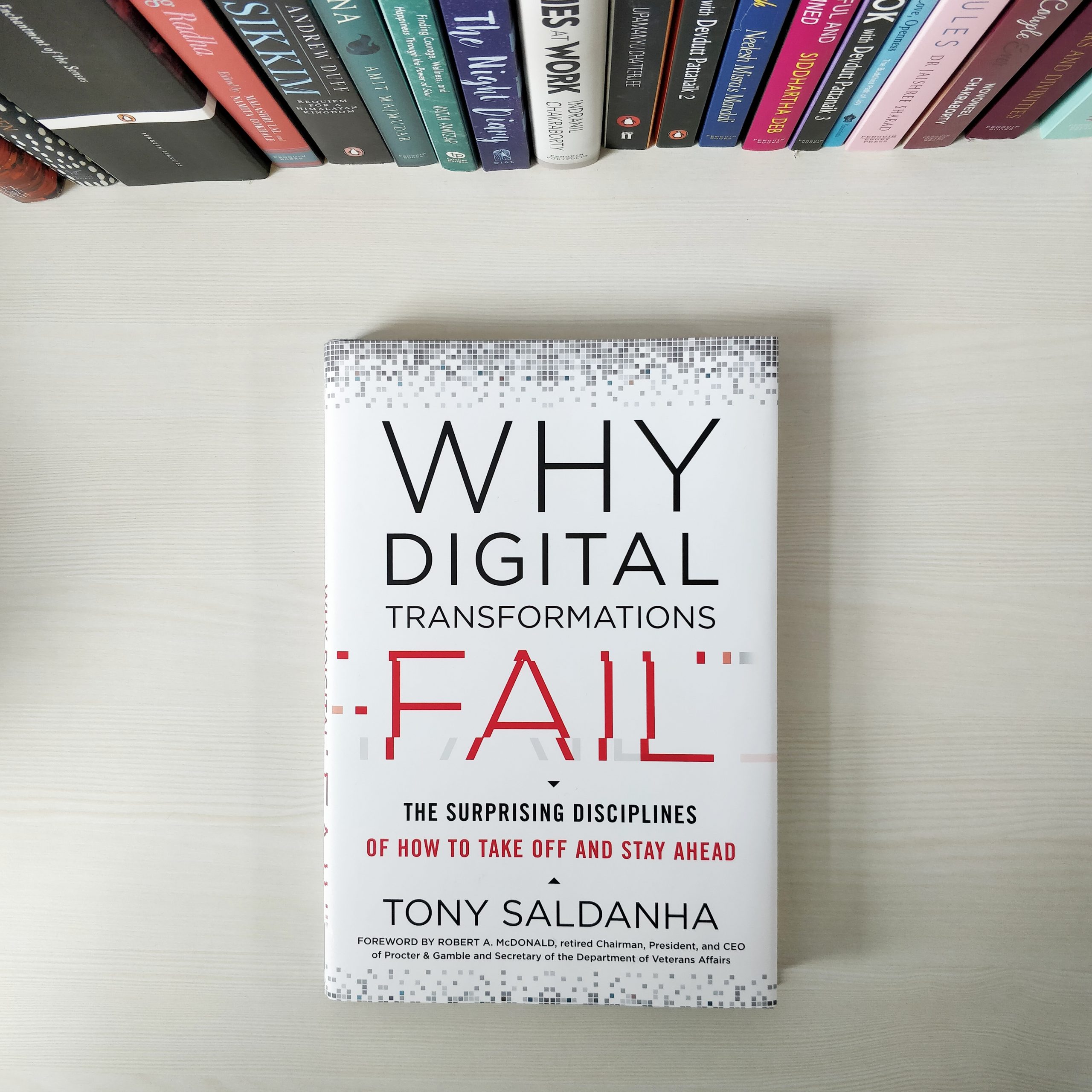Based on extensive research and insightful exploration, Steven Levy tells the inside story of how a driven tech nerd took a young company from a dorm room to the global arena where the power to change the world came with the inherent danger of such wide- ranging influence.
Mark Zuckerberg acknowledges this danger when he says, “The big lesson from the last few years is we were too idealistic and optimistic about the ways that people would use technology for good and didn’t think enough about the ways that people would abuse it”.
Here are 10 interesting things about this tech giant from Steven Levy’s Facebook: The Inside Story:
Mark Zuckerberg
The man behind the mission to connect the world is the poster boy of extraordinary success-
‘He’s the CEO of Facebook, the world’s largest social network— the world’s largest human network of any kind, ever— approaching 2 billion members, more than half of whom log in every day. It’s made him, in today’s reckoning, the sixth-richest person in the world.’
From the dorm room to being the rage on campus
In 2004, while the company was in its Harvard phase, Kirkland Suite H33 was regarded as Harvard’s own Silicon Valley.
‘Hour by hour, the impetus for students to sign up began to flip from engaging in a diverting pastime to an absolute necessity, as not being on Thefacebook made you a virtual exile on the physical campus.’
The safe social space that brought students together
Thefacebook.com, as registered when it began its journey, promised privacy and safeguarded against misbehaviour.
‘Privacy was perhaps the defining characteristic of this new website. By limiting enrollment to those who had emails on the Harvard.edu domain, he made a safe space for students to share information they volunteered about themselves.’
The gambles that paid off
Open Reg and News Feed were considered high risk features but actually set the growth chart soaring for Facebook.
‘Open Reg allowed billions of users to flock to Facebook. And the News Feed would keep them there, making the site as totally consuming for everybody as it was for college kids when Thefacebook first appeared.’
Facebook gave people a voice
The one thing that made Facebook hugely popular was that it offered people a platform from where their voice could be heard across social groups.
“Not only is it freedom of speech, it’s giving people a platform to actually articulate how they feel and what they think and gain support from it and make it known, which you couldn’t do unless you were being interviewed on TV or by a reporter for a newspaper prior to this.”
When Zuckerberg toyed with the idea of selling Facebook
After mulling over a deal to sell out, Zuckerberg finally said ‘no sale’ to Yahoo! and employees got to stay with the ‘cool’ company.
‘Furthermore, going to Yahoo! would have meant the end of the dream as well as the end of a period of their lives that would never be matched: working like crazy on a project that millions of people loved while being involved in a daily geek spring break of office romances, video games, and gonzo coding binges.’
The 5 guidelines that Facebook worked on
Internal guidelines laid out for company employees listed four points, the fifth being a Zuckerberg addition-
‘Focus on Impact.
Be Bold.
Move Fast and Break Things.
Be Open.
Zuckerberg liked those but insisted on a fifth: Build Social Value.’
The African dream that went bust
In 2016, a Facebook satellite built to extend internet coverage to distant parts of Africa was to be launched with Elon Musk’s SpaceX rocket-
‘It was then that Zuckerberg learned that the SpaceX rocket, the one carrying the satellite he had been gleefully touting as an Internet savior for the struggling continent, had blown up on the launchpad, a day before the scheduled blastoff.’
The “Facebook Effect” on American election
In 2016 the unthinkable happened. As Donald J. Trump took on the world as America’s President, fingers were pointed at Facebook-
‘In the weeks leading up to the election, there had been reports of so- called fake news, or misinformation intentionally spread through Facebook’s algorithms, being circulated widely on Facebook’s News Feed, which had become the major source of news for millions of users.’
The breach of trust that opened floodgates of criticism
The events of 2018 became a major setback for Facebook as privacy violations by the company made headlines across the world.
‘And the dam burst in 2018, when news came that Facebook had allowed personal information of up to 87 million users to end up in the hands of a company called Cambridge Analytica, which allegedly used the data to target vulnerable voters with misinformation.’
In Facebook: The Inside Story, Steven Levy proves his mettle as the founding guru of technology journalism by drawing on his understanding of the dynamics of the Silicon Valley and integrating inputs from key players with interviews of more than three hundred Facebook employees past and present.
About this tech Goliath, Levy writes, “It is a company that both benefits from and struggles with the legacy of its origin, its hunger for growth, and its idealistic and terrifying mission. Its audaciousness— and that of its leader— led it to be so successful. And that same audaciousness came with a punishing price.”!












